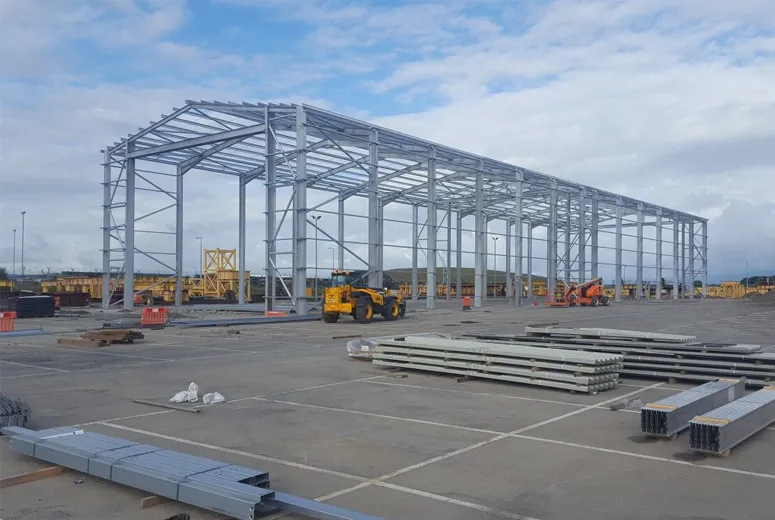- Afrikaans
- Albanian
- Amharic
- Arabic
- Armenian
- Azerbaijani
- Basque
- Belarusian
- Bengali
- Bosnian
- Bulgarian
- Catalan
- Cebuano
- Corsican
- Croatian
- Czech
- Danish
- Dutch
- English
- Esperanto
- Estonian
- Finnish
- French
- Frisian
- Galician
- Georgian
- German
- Greek
- Gujarati
- Haitian Creole
- hausa
- hawaiian
- Hebrew
- Hindi
- Miao
- Hungarian
- Icelandic
- igbo
- Indonesian
- irish
- Italian
- Japanese
- Javanese
- Kannada
- kazakh
- Khmer
- Rwandese
- Korean
- Kurdish
- Kyrgyz
- Lao
- Latin
- Latvian
- Lithuanian
- Luxembourgish
- Macedonian
- Malgashi
- Malay
- Malayalam
- Maltese
- Maori
- Marathi
- Mongolian
- Myanmar
- Nepali
- Norwegian
- Norwegian
- Occitan
- Pashto
- Persian
- Polish
- Portuguese
- Punjabi
- Romanian
- Russian
- Samoan
- Scottish Gaelic
- Serbian
- Sesotho
- Shona
- Sindhi
- Sinhala
- Slovak
- Slovenian
- Somali
- Spanish
- Sundanese
- Swahili
- Swedish
- Tagalog
- Tajik
- Tamil
- Tatar
- Telugu
- Thai
- Turkish
- Turkmen
- Ukrainian
- Urdu
- Uighur
- Uzbek
- Vietnamese
- Welsh
- Bantu
- Yiddish
- Yoruba
- Zulu
Dec . 12, 2024 11:11 Back to list
Steel House Design The Future of Sustainable Living
In the landscape of modern architecture, steel has emerged as a favored material, heralding a new era of design focused on sustainability, aesthetic innovation, and structural integrity. Steel house design offers a unique amalgamation of functionality and style, transforming the way we perceive residential spaces. With advancements in technology and a growing emphasis on environmental responsibility, steel houses are becoming prominent features in both urban and rural settings.
One of the primary advantages of steel is its strength-to-weight ratio. This characteristic allows architects to create spacious homes that can accommodate large open spaces without the need for numerous supporting walls, resulting in more flexible living designs. The potential to create open-plan layouts enhances the versatility of interior spaces, allowing homeowners to customize their environments to suit their lifestyles. From expansive living areas flooded with natural light to seamless transitions between indoor and outdoor spaces, steel house design facilitates a progressive approach to residential architecture.
Moreover, steel is inherently durable and resistant to various environmental challenges. Unlike wood, which can be susceptible to rot, pests, and warping, steel maintains its integrity over time, leading to lower maintenance costs and longer-lasting structures. This longevity is particularly significant in areas prone to extreme weather conditions. Steel houses can be engineered to withstand high winds, heavy snowfall, and even seismic activities, ensuring the safety and security of inhabitants. By utilizing robust materials, architects can design homes that not only stand the test of time but also remain a sound investment for the future.
In line with the principles of sustainability, steel is also one of the most recycled materials globally. Approximately 90% of steel products are made from recycled steel, reducing the demand for virgin materials and minimizing the energy consumption associated with production. By choosing steel as the primary material for construction, homeowners contribute to a circular economy, promoting environmental conservation and waste reduction. Additionally, steel’s reflectivity can lend itself to energy-efficient designs, helping to regulate indoor temperatures and decrease reliance on heating and cooling systems.
steel house design

The aesthetic appeal of steel can be seen in various architectural styles, from ultra-modern minimalist homes to more traditional designs that incorporate steel elements. The versatility of finishes, such as paint, coatings, or rust patinas, allows for a range of artistic expressions that can enhance both the exterior and interior of steel houses. When combined with other materials like glass, wood, or stone, steel can create striking contrasts and harmonies that elevate the overall design. Architects are increasingly experimenting with steel to redefine spaces, offering a contemporary twist to classical designs and creating unique visual statements that reflect individual styles.
Incorporating sustainable practices into steel house design often goes beyond just the material itself. Builders are increasingly integrating renewable energy sources, such as solar panels or wind turbines, into the design of these homes. Coupling these technologies with efficient insulation and smart home systems can significantly reduce energy consumption, leading to lower utility bills and a smaller carbon footprint. As energy efficiency becomes a fundamental pillar of modern living, steel houses are well-positioned to meet these emerging demands, offering solutions that align with a green future.
While the advantages of steel house design are compelling, it is essential to consider not only the benefits but also the challenges that may arise. The initial cost of steel can be higher than traditional materials; however, this investment often pays off in terms of durability and longevity. Furthermore, effective thermal insulation is crucial in steel structures, as metal can conduct heat, leading to potential discomfort if not properly managed.
In conclusion, steel house design represents a transformative shift in residential architecture, emphasizing strength, sustainability, and aesthetic innovation. As society becomes increasingly aware of its environmental responsibilities and seeks to reduce its ecological footprint, steel houses offer a viable solution that harmonizes modern living with nature. With their incredible versatility and long-lasting benefits, steel homes are not just a fleeting trend; they are a sustainable answer to the housing challenges of the future, paving the way for a construction revolution that prioritizes both form and function.
-
How Do Prefabricated Steel Structures Transform Modern Construction?
NewsJul.14,2025
-
How Do Prefabricated Metal Buildings Redefine Modern Construction?
NewsJul.14,2025
-
How Do Prefab Insulated Metal Buildings and Steel Structures Revolutionize Modern Construction?
NewsJul.14,2025
-
How Do Pre - Engineered Steel Structures Redefine Modern Construction?
NewsJul.14,2025
-
Advancing Modular Construction with Prefabricated Metal Structures
NewsJul.14,2025
-
Advancing Industrial Infrastructure with Prefabricated Steel Solutions
NewsJul.14,2025
Products categories
Our Latest News
We have a professional design team and an excellent production and construction team.












